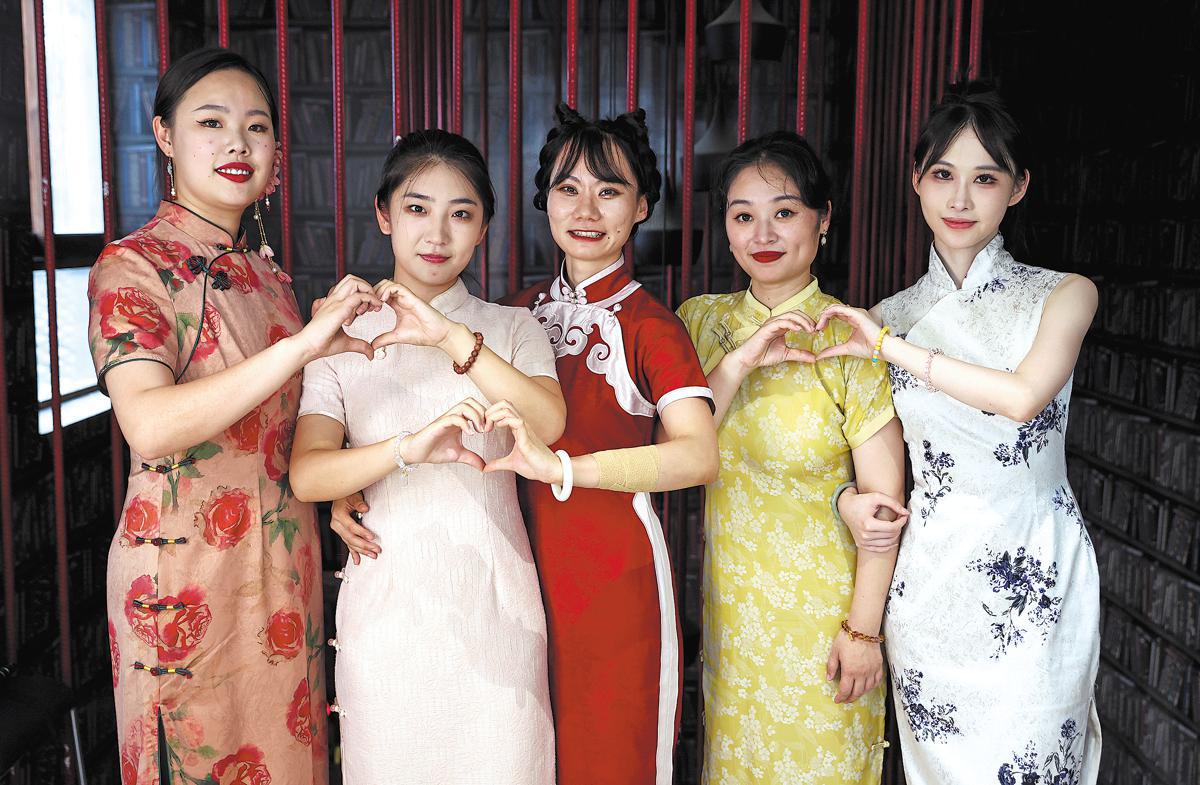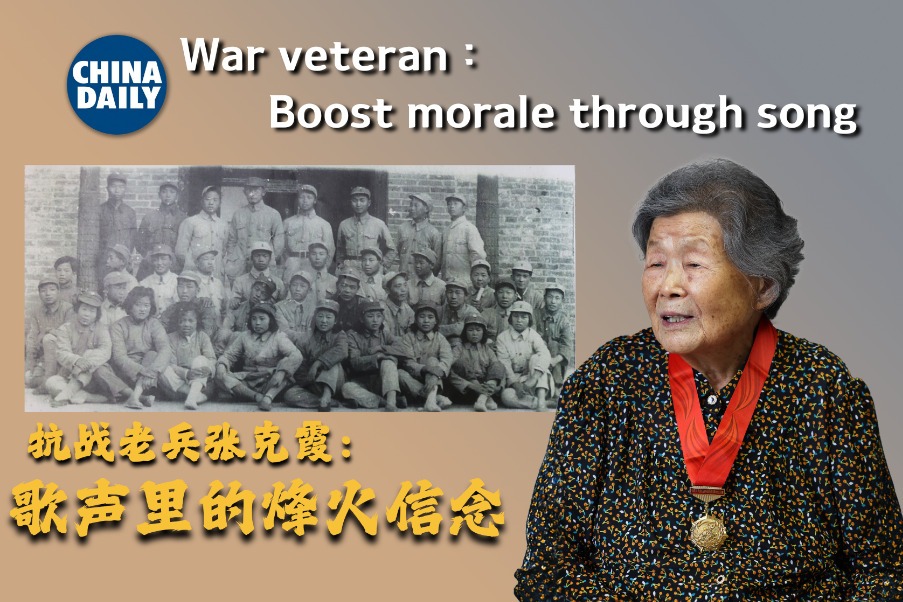Women find gift of gab in takeover of crosstalk
High-energy, humorous, verbal art form is seeing a surge of female performers


At first, Shi Yun's parents couldn't understand why she would leave her well-paid job to start crosstalk — an art form consisting of rapid-fire jokes, clever wordplay and high energy.
A top graduate of the prestigious Huazhong University of Science and Technology with a degree in biotechnology, she had a high-paying job at an internet company in Hangzhou, Zhejiang province, when she plunged into a new career.
"Why leave a stable job for something like this?" Shi said, laughing as she recounted her parents' response. Her father couldn't even bring himself to tell his friends that his daughter had become a crosstalk artist, she said.
"He was embarrassed. It wasn't what he had imagined for me. But I knew this was my calling. I had to follow my heart, no matter how unconventional it seemed," said the 29-year-old.
But as she started sending photos from her shows and shared good reviews with them, their skepticism began to fade. Slowly, her parents came to realize that she was truly happy, and passionate about her new life.
"Now, they see that I'm doing what I really love, and they've come to support me," she said. "That's all I ever wanted — to make them proud by being true to myself."
Shi is among a growing legion of women bucking tradition and taking part in crosstalk, or xiangsheng, a traditional form of Chinese comedic performance that typically involves dialogue between two performers.
Filled with wordplay, puns, cultural references, and sometimes social commentary, it first appeared in northern China during the Qing Dynasty (1644-1911). Traditionally, performers stand behind a wooden table wearing long robes, engaging in witty banter, though there are also solo acts and performances with more than two people.
Beginning as a form of street art, crosstalk became a way to entertain people by addressing family issues, troubled relationships, and social topics.























